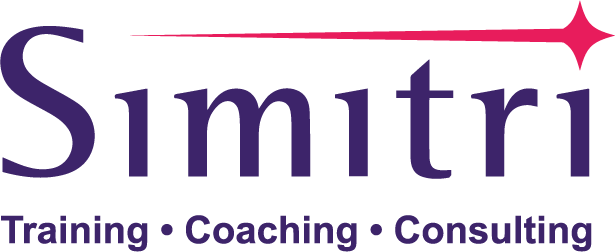NOTHING HAS HAD as dramatic an impact on modern-day communication as the advent of digital communication platforms. Conference calls, webinars, internet meetings and LinkedIn, to name a few, are highly effective and an integral part of the business world, but in terms of really changing the way we communicate, e-mail is still one of the most effective communication methods.
For most of us, though, it has become a love-hate relationship. No one disputes that e-mail is fast, easy to use, and allows us to stay in touch anytime, anywhere. Those are the positives.
But what about the vast number of unwanted messages we receive, the fact that managers now expect us to be online 24/7, and all those late nights in the office or at home just trying to clear out the inbox?


